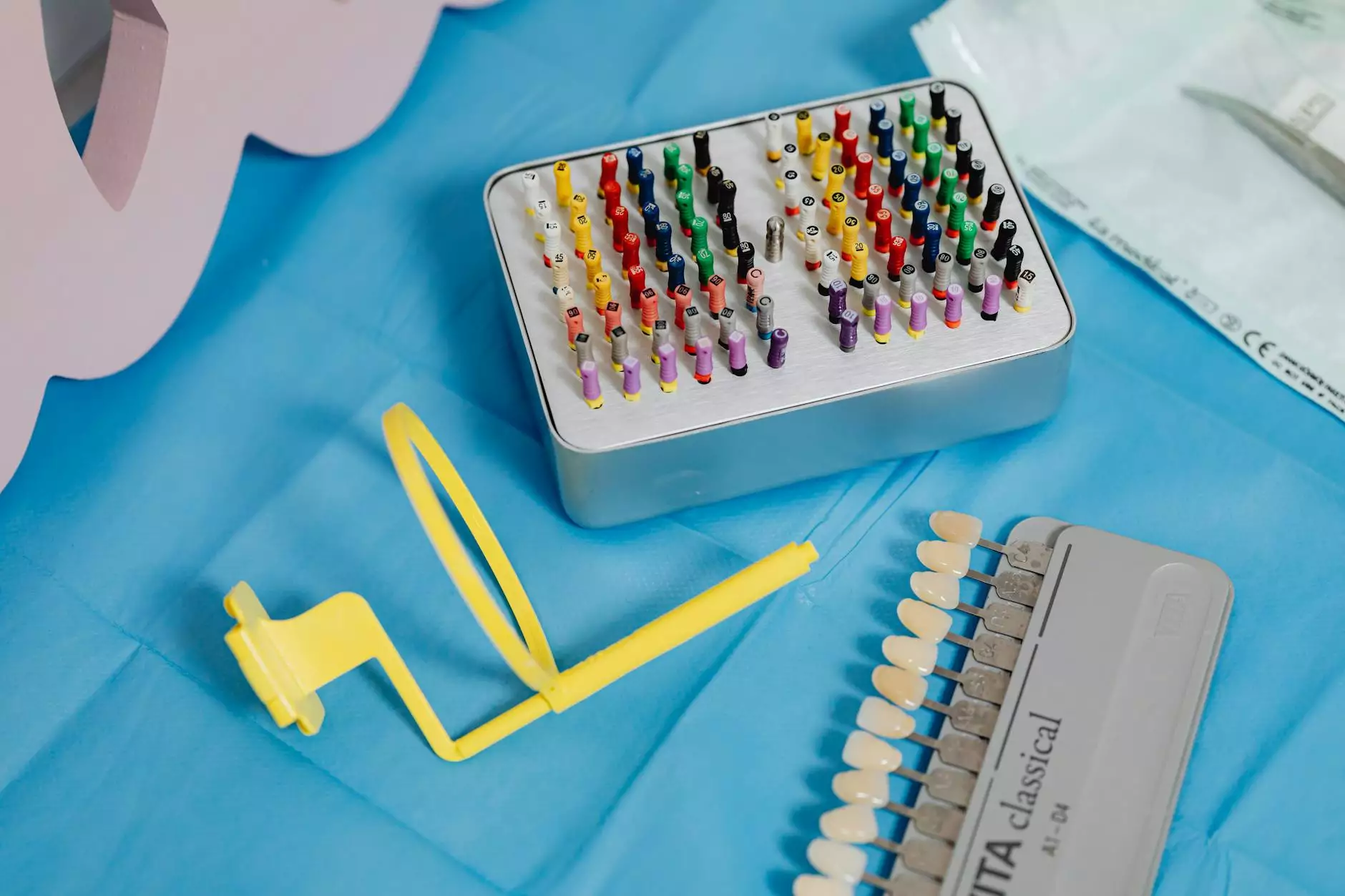Understanding Leg Swelling After Surgery

After undergoing surgery, it is not uncommon for patients to experience various post-operative symptoms, among which leg swelling after surgery is one of the most prevalent. This article aims to provide a comprehensive guide to understanding the underlying causes, effective treatments, and preventative strategies associated with this condition. Whether you are recovering from a knee replacement, varicose vein surgery, or any other surgical procedure, understanding the factors contributing to leg swelling can significantly enhance your recovery experience.
What Causes Leg Swelling After Surgery?
Leg swelling post-surgery can occur due to several reasons. It is essential to understand these causes to manage and treat the condition effectively. Here are some key factors:
- Fluid Retention: Following surgery, the body often retains fluid as part of the healing process. This accumulation can lead to noticeable swelling.
- Inflammation: Surgical procedures can trigger an inflammatory response. The body sends fluids to the affected areas to promote healing, resulting in swelling.
- Immobilization: Limited movement post-surgery can impede circulation. When blood flow slows down, fluids can accumulate in the legs.
- Injury to Blood Vessels: Surgery can sometimes cause damage to veins or lymphatic vessels, leading to impaired drainage and swelling.
- Medications: Certain medications prescribed after surgery may cause swelling as a side effect, including some pain relievers and steroids.
Types of Leg Swelling After Surgery
Leg swelling after surgery can manifest in different forms, each with its implications. Understanding these types can help in recognizing when to seek medical attention:
1. Localized Swelling
This type of swelling occurs specifically in the area of the surgical incision. Localized swelling is generally a normal part of the healing process and may be accompanied by tenderness and redness.
2. Generalized Swelling
Occasionally, swelling may extend beyond the surgical site, affecting the entire leg or even both legs. This generalized swelling could indicate a more serious issue and should be evaluated promptly.
3. Swelling Associated with Pain
If the swelling is accompanied by significant pain, changes in skin color, or warmth in the affected area, it may signal complications such as infection or blood clots, warranting immediate medical attention.
Treatments for Leg Swelling After Surgery
Management and treatment of leg swelling after surgery depend significantly on the underlying cause and severity of the condition. Below are common treatment options that can aid recovery:
1. Compression Therapy
Compression stockings or wraps can be beneficial in promoting circulation and reducing fluid accumulation. These medical-grade garments are designed to apply gentle pressure to the legs, helping to prevent and decrease swelling.
2. Elevation
Keeping the legs elevated can enhance venous return and minimize swelling. It is advisable to lie down and raise the legs above the level of the heart for periods throughout the day, particularly in the early stages of recovery.
3. Physical Activity
Engaging in gentle physical activity, as recommended by your healthcare provider, can stimulate blood flow and lymphatic drainage. Simple exercises can help maintain mobility and reduce the risk of swelling.
4. Medications
Over-the-counter pain relievers, such as ibuprofen or acetaminophen, can help manage pain. In some cases, your doctor may prescribe diuretics to help reduce fluid retention.
5. Cold Therapy
Applying cold packs to the swollen area can help reduce inflammation and numb pain. It is important to wrap ice packs in a cloth to protect the skin and apply them for no longer than 20 minutes at a time.
When to Seek Medical Attention
While some swelling is expected after surgery, it is crucial to recognize when it may indicate a more serious problem. Contact your healthcare provider if you experience:
- Severe Pain: Intense pain that does not respond to medication can be a warning sign.
- Warmth and Redness: If the swollen area is warm to the touch or red, it may signify an infection.
- Shortness of Breath: Difficulty breathing can indicate a blood clot in the lungs and requires immediate attention.
- Persistent Swelling: If swelling does not gradually subside over the days following surgery, consult a doctor.
Prevention of Leg Swelling After Surgery
While not all swelling can be prevented, certain strategies can significantly reduce the risk:
1. Pre-operative Preparation
Discuss with your doctor about your medications and how they might affect your recovery. Ceasing certain medications before surgery may help minimize swelling.
2. Post-operative Care
Follow your doctor's post-operative care instructions meticulously. This may include wound care, taking prescribed medications, and attending follow-up appointments.
3. Staying Hydrated
Proper hydration can help prevent fluid retention by promoting healthy kidney function. Aim to drink ample water unless advised otherwise by your doctor.
4. Regular Movement
As soon as it is deemed safe, begin light movement. Activities such as ankle pumps, wiggles, and gentle walking can enhance circulation.
The Role of Healthcare Providers
Healthcare providers, especially those specializing in vascular medicine, play a critical role in managing leg swelling after surgery. They can offer personalized treatment plans and interventions based on individual patient needs.
It is vital to maintain open communication with your healthcare team. Be proactive in discussing any concerns regarding your recovery, including swelling. Regular check-ups will allow for early detection and management of any potential complications.
Conclusion
Leg swelling after surgery is a common occurrence, often resulting from the body’s natural healing processes. Understanding the causes, treatment options, and preventative measures can empower patients to manage their post-operative recovery effectively. As you navigate your healing journey, stay informed, remain active in your recovery plan, and do not hesitate to reach out to your healthcare provider with any questions or concerns. Your health is paramount, and taking proactive steps can lead to a smooth and successful recovery.









